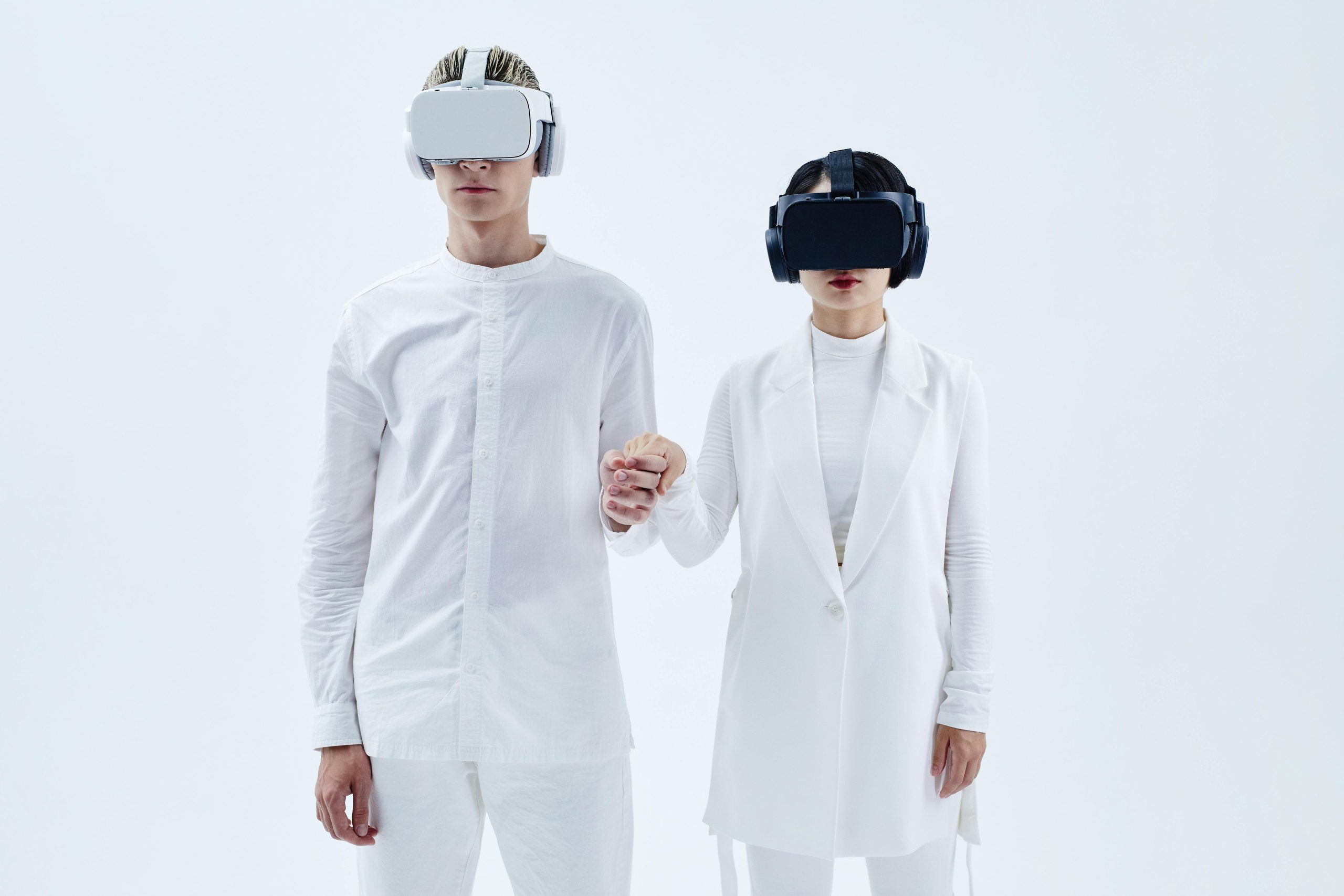How AI Is Making Gadgets More Human-Centric
Technology has always been about making our lives easier and more efficient. With the rapid developments in artificial intelligence (AI), gadgets are becoming more advanced, incorporating human-like capabilities in their design and functionality. AI is revolutionizing the way we interact with our devices, creating a more human-centric experience. In this article, we will explore how AI is making gadgets more human-centric and what impact it has on our daily lives.
Understanding AI and Human-Centric Design
What is AI?
Artificial intelligence is the simulation of human intelligence processes by machines, especially computer systems. It involves the development of algorithms that allow machines to perform tasks that typically require human intelligence, such as learning, problem-solving, and decision-making.
What is human-centric design?
Human-centric design, also known as user-centered design, is an approach to designing products or systems that focuses on the needs, wants, and limitations of the end-user. It involves understanding the user’s behaviors, preferences, and pain points to create a more intuitive and seamless experience.
Now, imagine combining these two concepts – AI and human-centric design. The result is gadgets that can understand and adapt to human needs and behaviors, making them more efficient, personalized, and user-friendly.
Enhanced Personalization
One of the most significant ways AI is making gadgets more human-centric is through enhanced personalization. With AI, gadgets can learn from past interactions and user data to personalize their functions and services. For example, a smart thermostat can analyze a user’s temperature preferences and create a personalized schedule for their home heating and cooling needs.
AI-powered devices can also adjust their settings and displays based on users’ specific needs and behaviors. For instance, smartphones equipped with facial recognition technology can customize the home screen, notifications, and other features based on the user’s face, making the device more user-friendly and intuitive.
Smarter and More Intuitive Interactions
One of the most exciting developments in AI is natural language processing (NLP). With NLP, gadgets can understand and respond to human language, making interactions with machines more natural and intuitive. This technology has been widely adopted in popular AI assistants such as Alexa, Siri, and Google Assistant.
AI-powered gadgets can also interpret and respond to non-verbal cues, such as gestures and facial expressions, making the interaction more human-like. For example, wearables with AI technology can track a user’s body language and movements to suggest workouts or activities that are tailored to their fitness level and needs.
Efficient and Proactive Functions
Gadgets equipped with AI can also anticipate and proactively fulfill our needs. The AI-powered voice assistants mentioned earlier can perform tasks like setting reminders, making calls, or even ordering groceries without having to be prompted manually.
Moreover, AI can streamline and automate everyday tasks, enhancing efficiency and productivity. For instance, smart home devices can control all the gadgets and appliances in a house, making it more convenient and manageable for users to operate them.
The Impact on Our Daily Lives
AI has already made a significant impact on our daily lives, and its role in making gadgets more human-centric will continue to evolve. With personalized, intuitive, and proactive functions, gadgets can integrate more seamlessly into our routines and make our lives easier.
AI-powered devices also have the potential to improve our health and wellness. Wearables that can track and analyze our daily activities can provide personalized health recommendations and alert us to potential health issues.
In Conclusion
AI is transforming gadgets into more intelligent, intuitive, and proactive devices, making them more human-centric. Enhanced personalization, smarter interactions, and efficient functions are just some of the benefits of integrating AI in gadgets. As this technology continues to advance, we can only expect further innovations and improvements in our daily interactions with machines.
With AI at the forefront of technological advancements, the future of gadgets and their impact on our lives is undoubtedly exciting. As we move towards a more connected and automated world, one thing is for sure – AI will continue to play a central role in making gadgets more human-centric.










